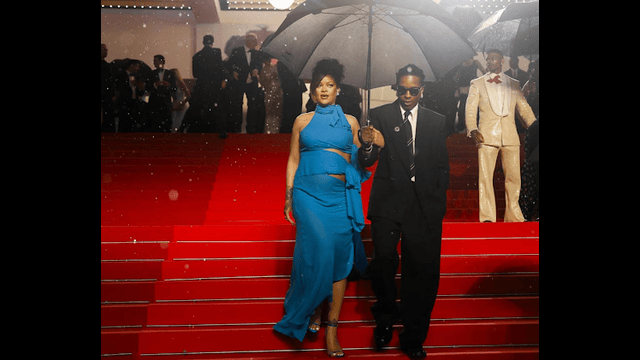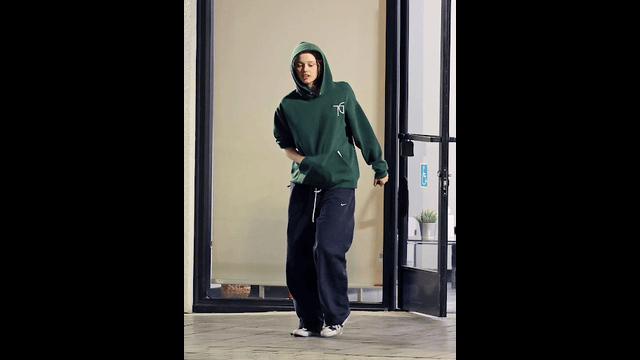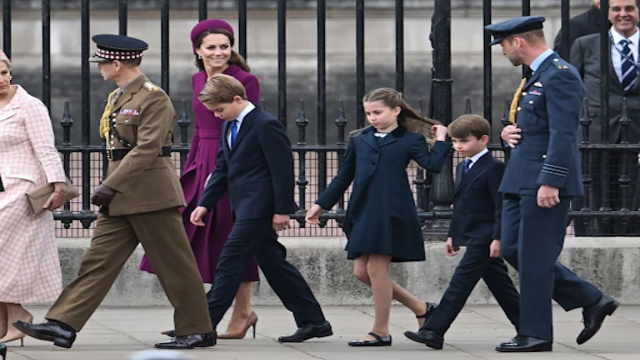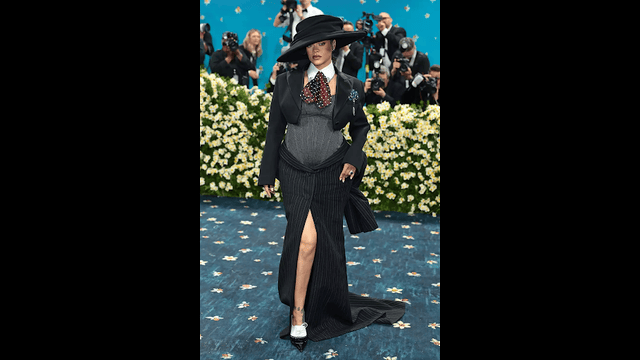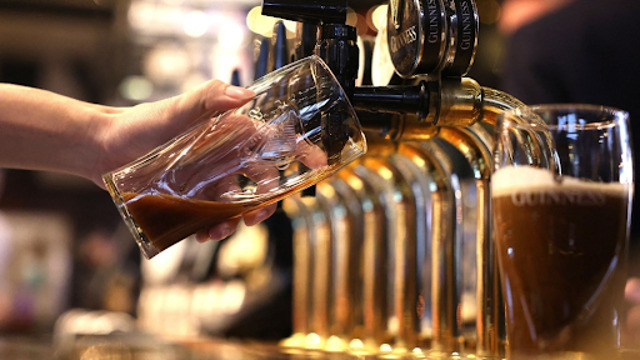
In November 2023, a pint of Guinness was served at a pub in central London. Getty Images
In the heart of London, at the Sheephaven Bay pub, Guinness has become the star drink, making up over half of the pub’s draft beer sales. Pat Logue, the pub’s owner, shared that this year he has already sold double the amount of Guinness compared to two years ago. Traditionally known for its iconic brown color, creamy head, and distinct pouring method, Guinness has been a popular choice among rugby fans and older male drinkers. However, in recent years, its appeal has expanded, especially among younger drinkers and women.
From July to October, while beer sales in the UK saw a slight dip of 0.5%, Guinness sales surged by 23.2%, with keg sales increasing by 20.9%. By October, Guinness had become the top-selling beer in the UK by volume, a remarkable feat. This rise in popularity is partly attributed to marketing campaigns and the influence of social media, which has helped change the image of Guinness from an older man's drink to a trendy beverage for all.
Logue mentioned that the rise in Guinness sales has been especially noticeable among young people. “It used to be portrayed as an older man’s drink, but now it’s for everybody,” he said. “Now it’s a cool drink.” This shift has been fueled by platforms like TikTok, where influencers showcase their favorite pubs and review pints of Guinness. Logue noted that it’s no longer surprising to see young groups, including both men and women, ordering Guinness at his bar.
With this increased demand, Diageo, the parent company of Guinness, has warned pub owners of possible allocation limits to ensure that supply can meet demand through the busy holiday season. Diageo’s spokesperson emphasized that they were working hard to maximize supply and manage distribution efficiently. Despite this, some pub owners are still worried about running out of stock, especially during the high-traffic holiday period.
Logue, who typically goes through 40 to 50 kegs of Guinness per week, shared his relief after securing a large order for the week, although he admits he was anxious until the kegs arrived. This growing demand is not just a UK phenomenon. In the United States, Guinness has become the top-imported beer, and in Europe, Guinness 0.0, the non-alcoholic version, saw its net sales double in fiscal year 2024.
Verushka Shetty, an equity analyst, noted that while growth has slowed for many brewers, Guinness has bucked the trend. Diageo’s marketing efforts, including campaigns featuring actor Jason Momoa, have helped boost the beer’s popularity, especially among women and Gen Z. In fact, from 2022 to 2023, Guinness consumption among women in Great Britain rose by 27%.
In pubs like The Auld Shillelagh in London, Guinness remains a high-volume product, but co-owner Aonghus Leydon has noticed an increase in younger customers choosing the Irish stout. He explained that the majority of his clientele is in their 20s and 30s, and many of them are regular Guinness drinkers.
Guinness’ popularity is also increasing in the U.S., where bars like The Dead Rabbit in Manhattan are seeing significant sales. Co-founder Jack McGarry said his bar sold as much Guinness in the first ten months of 2024 as it did in all of 2023. He attributes this to the growing interest in Irish culture and the fact that Guinness is perceived as a lighter beer, with fewer calories and lower alcohol content compared to other brews.
This surge in Guinness demand has taken the world by surprise, especially for a brand that was once considered a drink mainly for older generations. Now, it is enjoying newfound popularity across all demographics, and it looks like this trend will only continue to grow.



